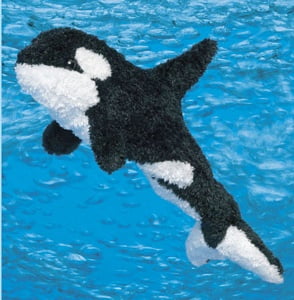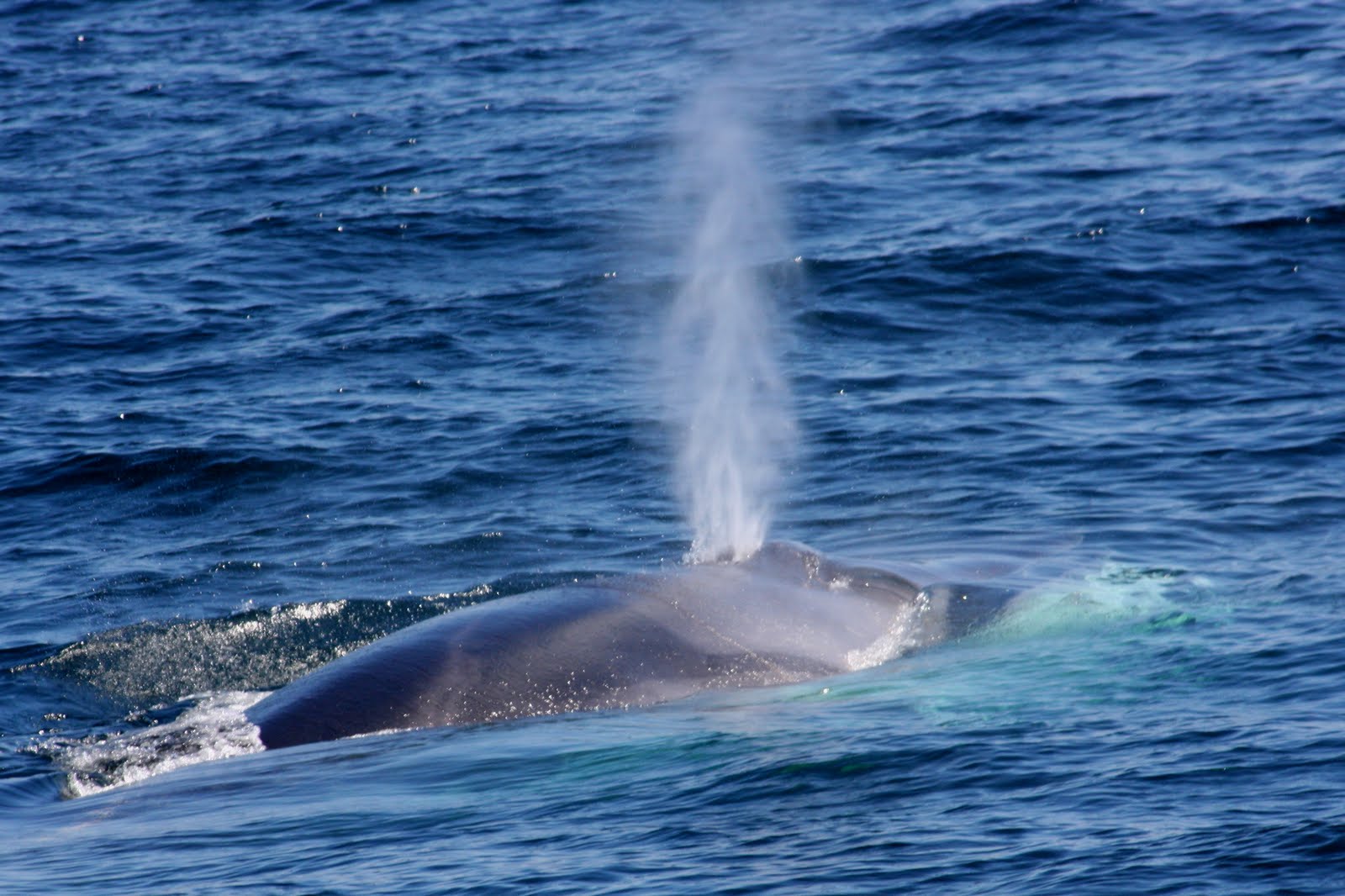
However, in this case the angle at which the light is hitting the water droplets causes it to slow down so much that it disperses into the spectrum of seven colors. The image of the rainbow spouting whale is also caused by the bending of light rays. In this case when hot light rays from the sun suddenly encounter the cooler air around the spray in the humpback's spout, it caused them to slow down and bend. Mirages occur when light rays encounter a sudden difference in temperature as they are zooming across. The first is what we call a ' mirage' - An optical illusion that deceives the eye into seeing something that is not there or distorting the image that is there, which in this case happens to be the setting sun. What is interesting is that while both are examples of refraction - the bending of light waves as they encounter a medium different from the one they have been traveling through - the illusions created are very different. This 2 bedroom, 2 bath condo is beautifully furnished ideal for winter storm watching with fireplace, spacious living areas, large windows, and private oceanfront deck. That again was an optical illusion created when the tiny water droplets in the humpback's spout bent the white light waves passing through, splitting them into seven colors - Similar to what happens when light passes through a prism. WHALES SPOUT This wonderful OCEANFRONT getaway with magnificent ocean views is the ideal choice for a romantic weekend or family beach vacation. Refraction can also be attributed to the rainbow shooting whale image captured by a whale watcher in 2011 in the waters off Nova Scotia. The best part is that he was able to capture it on camera and share it with the rest of the world. His patience finally paid off one evening earlier this month, when the sun was at the perfect angle and not one, but three humpback whales were frolicking in the area. Since then, he made it his goal to capture the magical moment himself.

#Whale spout professional#
The 55-year old American who has been hooked on photography since he was seven, says that he first heard about this illusion from a professional photographer whilst on a whale watching trip. It is therefore no wonder that it took amateur photographer Mark Turner days of sailing in the waters of Petersburg, Alaska to get this perfect shot.

The setting sun has to be at the right place when a humpback whale is spouting. In order for something this mystical to occur everything has to align perfectly. What is happening is that the light from the setting sun is being refracted through the jet of moist air created when the humpback whale is spouting, resulting in what appears to be an eerie fire-like glow in the background. However, it is neither - Instead it is an optical illusion created by a scientific principle that you may all have heard of - Refraction. Some whale watch guides can tell you the kind of whale that has just come to the surface, even before they see the animal, based on the height and shape of their spout.This stunning image of a fire emanating from the spout of a humpback whale may seem like a cleverly photoshopped picture or better still, a new awesome species of the mammal. So the “spout” you see is not a fountain of water rather, it’s a stream of warm air being forced out of the whales lungs, aka the whale’s breath. This condensed water vapor looks like steam – the same thing happens when you “see your breath” on a cold winter day. This air is usually warmer than the air just above the surface of the ocean, so the water vapor (small particles of water carried in the air) condenses. And because its nose is on the top of its head, the air goes straight up. Because the whale empties its lungs with such force, the air travels a great distances – 10, 20, even 40 feet. When a whale comes to the surface after a dive, it breathes out the “old” air quickly, all in one breath. In contrast, one of your breaths empties only part of your lungs. One breath just about empties their lungs. Their lung muscles are strong enough to force almost all the air out at once. That means they have to take in and let out a lot of air quickly. Whales don’t breathe as often as you do they breathe only when they are on the surface of the ocean. But because whales live in the water their noses and lungs work differently from yours. Is a whale’s a fountain of water? Both whales and people use lungs and noses to breathe air.


 0 kommentar(er)
0 kommentar(er)
